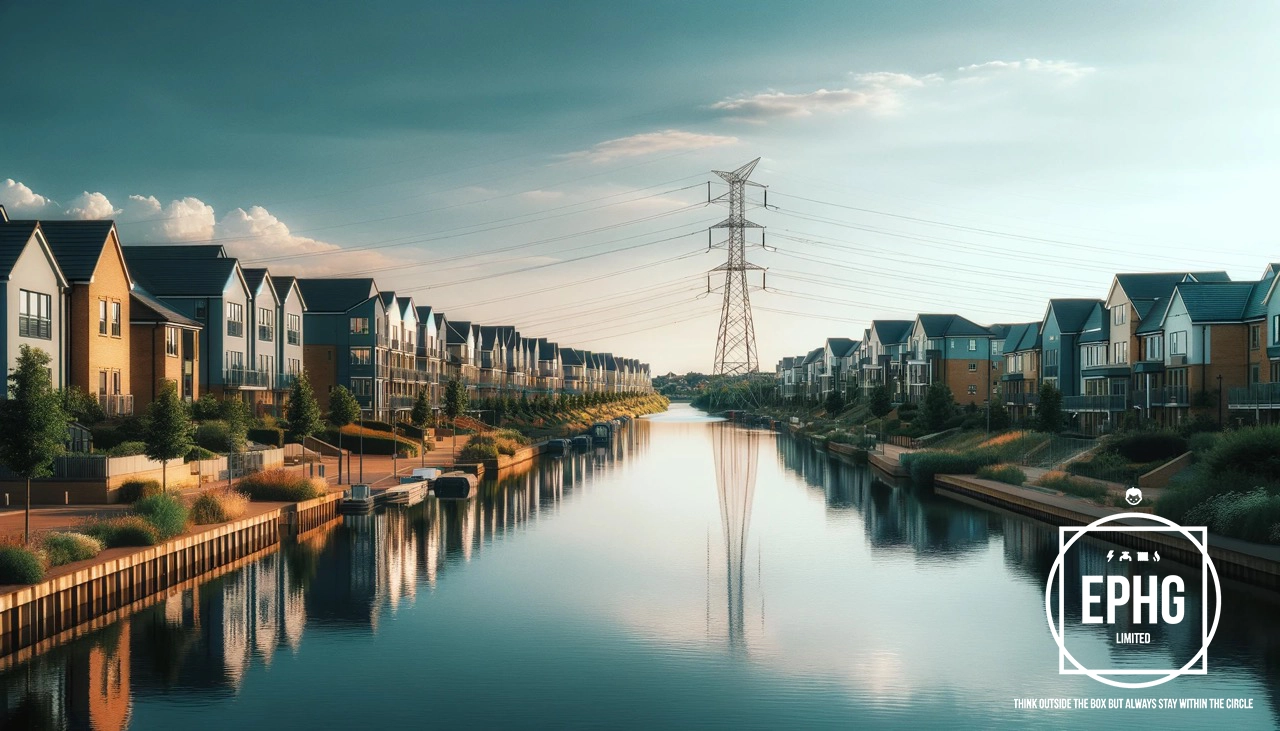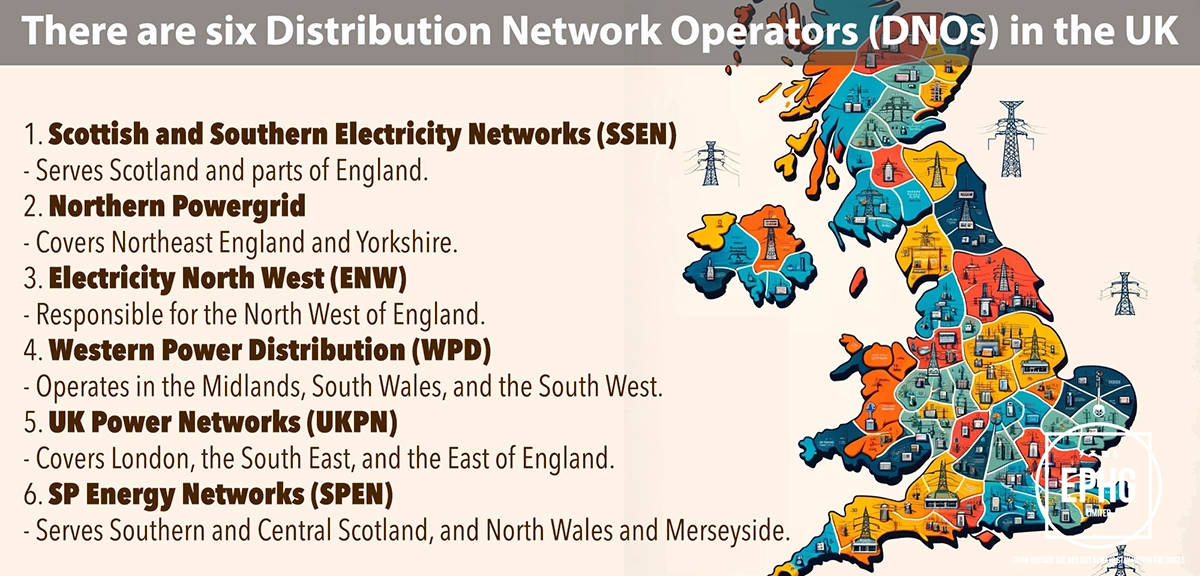
E Postcodes for Utilities & Services in London
Introduction: The E postcode area, covering East London and parts of the City of London, provides a snapshot of the region's utilities, focusing on water and electricity. Here, we delve into the sources of water, the quality, and the local electric supply, among other valuable insights.
Water in East London
Where does the water supply come from in East London, and is there ever a shortage of water?
In East London, the water supply primarily comes from the River Lea and the Thames River. These sources play a pivotal role in serving the area's water needs, with extensive treatment plants ensuring the water's safety and compliance with health standards before it reaches consumers. Despite London's well-maintained supply system, it faces challenges such as increasing demand due to population growth and occasional periods of low rainfall. While East London generally maintains a consistent water supply, there are efforts to encourage water conservation among residents to mitigate potential shortages. The infrastructure is regularly updated to cope with environmental changes and to ensure sustainable water availability for the future.
What is the hardness & quality of the water in East London, and can this affect your health?
East London's water is moderately hard, a result of its journey through chalk and limestone areas before reaching taps. The presence of calcium and magnesium ions in the water leads to this hardness, which can have implications for household appliances due to scale buildup. However, the water quality remains within safe consumption standards, undergoing strict testing to monitor for any pollutants. While hard water has no significant adverse health effects and can contribute to dietary intakes of calcium and magnesium, some individuals prefer the taste and feel of softer water. Residents are assured that despite the water's hardness, it meets all health and safety regulations, ensuring it is safe for daily use. The local water suppliers also provide advice on mitigating the effects of hard water in homes.
Electricity in East London
Where does the electric supply come from in East London and what is the future of energy there?
The electricity supply in East London primarily derives from a diverse mix of sources including natural gas, nuclear power, and an increasing emphasis on renewable energies such as wind, solar, and biomass. The region is part of the Greater London area's ambitious plans to reduce carbon emissions and promote environmental sustainability. Significant investments are being made in renewable energy infrastructure, with wind turbines visible along the Thames estuary and solar panels becoming more commonplace on buildings. The future of energy in East London is geared towards an eco-friendly approach, emphasizing the reduction of the carbon footprint and the integration of innovative technologies such as battery storage and smart grids. This shift aims to not only ensure energy security but also to align with the UK's broader climate goals, transitioning towards a more sustainable and renewable energy-led future.
When is hydrogen coming to gas boilers in East London?
The integration of hydrogen into East London's gas boilers is a concept aligned with the UK's broader strategy for carbon reduction and energy sustainability. While specific timelines for East London are evolving, the initiative is part of the national move towards a "Hydrogen Economy." This transition will likely start with pilot projects and gradually expand, reflecting ongoing research and the development of infrastructure capable of supporting hydrogen energy. Residents are advised to stay updated with local energy providers and governmental announcements for the most accurate information regarding the transition. In preparation, energy consumers can consider energy efficiency improvements and familiarize themselves with new technologies, positioning themselves to adapt to changes as the region progresses towards cleaner energy solutions.
Where Does the Wastewater Go in East London
In East London, wastewater management is a critical component of the city's infrastructure, ensuring the well-being of its residents and the health of the environment. Wastewater from homes, businesses, and industrial processes is collected and transported to treatment facilities like the Beckton Sewage Treatment Works, one of Europe's largest. Here, the water undergoes rigorous cleaning processes to remove contaminants and pollutants. The treated water is then safely released back into the Thames River, far exceeding environmental standards. This system reflects East London's commitment to sustainable urban living and the protection of its waterways, ensuring that the Thames remains a vibrant and clean resource for all Londoners.
Regions and Services:
The E postcode area covers a diverse array of environments, from the bustling urban landscapes of East London to the quieter, more residential neighbourhoods on its outskirts. Key regions within this area include:
- East End of London: A historic core of urban development, this area showcases a robust mix of electrical and gas infrastructure catering to a dense population.
- Stratford, Hackney, and Canary Wharf: Dynamic areas combining old and new, these regions reflect a mix of residential, commercial, and financial services, facilitated by extensive utility support.
- Walthamstow, Dagenham, and Ilford: Suburban localities where there is an increasing focus on integrating renewable energy solutions with existing utility frameworks to serve their growing communities.

Regions within the E Postcode
East London City Areas
- E1: Whitechapel, Stepney, Mile End
- E2: Bethnal Green, Shoreditch
- E3: Bow, Bromley-by-Bow
- E4: Chingford, Highams Park
- E5: Clapton
- E6: East Ham, Beckton
- E7: Forest Gate, Upton Park
- E8: Hackney, Dalston
- E9: Hackney, Homerton
- E10: Leyton
- E11: Leytonstone
- E12: Manor Park
- E13: Plaistow
- E14: Poplar, Isle of Dogs, Canary Wharf
- E15: Stratford, West Ham
- E16: Canning Town, North Woolwich
- E17: Walthamstow
- E18: South Woodford
Surrounding Areas and Villages
- E20: Olympic Park, Stratford City
- E1W: Wapping
- E3: Old Ford
- E4: Sewardstone
- E9: Victoria Park
- E12: Little Ilford
- E13: Upton
- E14: Millwall, Cubitt Town
- E15: Maryland, East Village
- E16: Silvertown, Royal Docks
- E17: Upper Walthamstow
- E18: Snaresbrook
- E20: East Village, Stratford International




